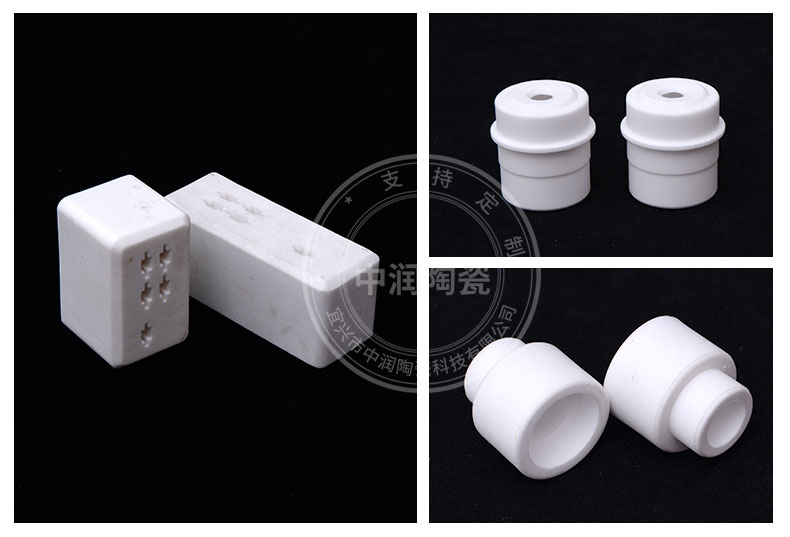With the development of electronic industry, especially the appearance of thick film, thin film circuit and microwave integrated circuit, the packaging of ceramic and substrate has put forward higher requirements. There are many new kinds of beryllium oxide ceramics and boron nitride ceramics. At present, aluminum nitride ceramics and silicon carbide ceramics are being developed. Their common characteristic is high thermal conductivity.
After entering this century, due to the insulating ceramics sintering technology, it can be sintered under higher temperature than in the past, so our materials used in the external, such as pure oxide, carbides, nitrides, silicides, boride, sulfide and other ceramic materials as the main raw material, also can be used as the basis of sintered ceramic material application in modern industry. These ceramics can be called special ceramics, new ceramics or fine ceramics.
Insulating ceramics are fired at 1000℃. Due to insufficient sintering, it is generally hygroscopic and not suitable for insulation materials. A certain amount of feldspar is added to a flux, such as clay. At temperatures higher than water, at 1200 ° c, its density and transparency earned it another name, porcelain. China is made from tableware. With the birth of electronic technology, it began to be used as an insulating material, and later became the ceramics of today's metallurgical and chemical ceramic industries.

High temperature insulating ceramic coatings usually consist of three parts: solvents or diluents and auxiliary materials. According to the application range and form, can be divided into four kinds: dip coating, coating, silicon steel coating, anti-corona coating four kinds. Self-drying insulating paint refers to the dry film of Shanghai juji insulating paint. Drying mechanism is generally divided into three: one is unstable drying, that is, high molecular weight solid resin dissolved in the appropriate location. Second, oxidation drying, including dry vegetable oil insulation paint. The unsaturated double bonds in the dried vegetable oil are oxidized and cross-linked in the molecular structure air under the action of oxygen, thus achieving the purpose of drying. Oil, phenolic resin and dry oil acid resin varnish are all oxidized dry insulation. Varnish.




